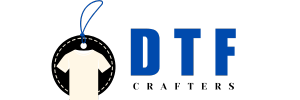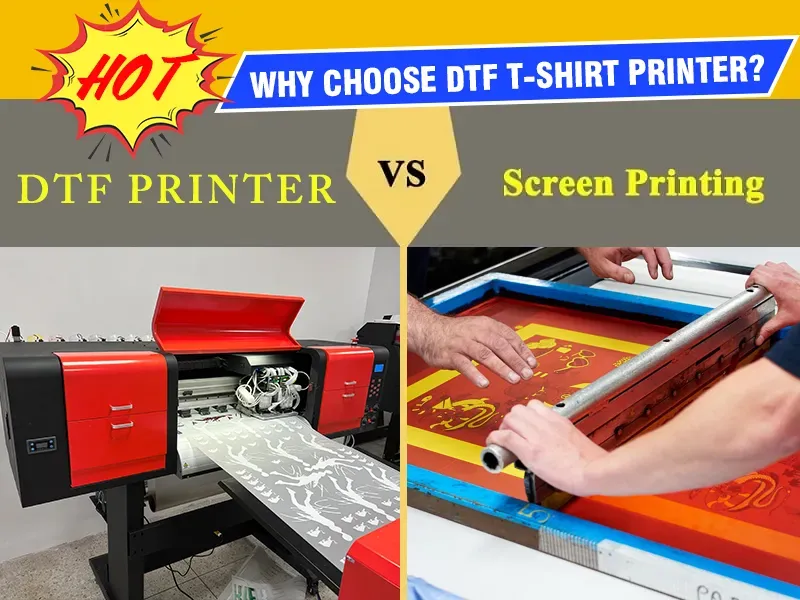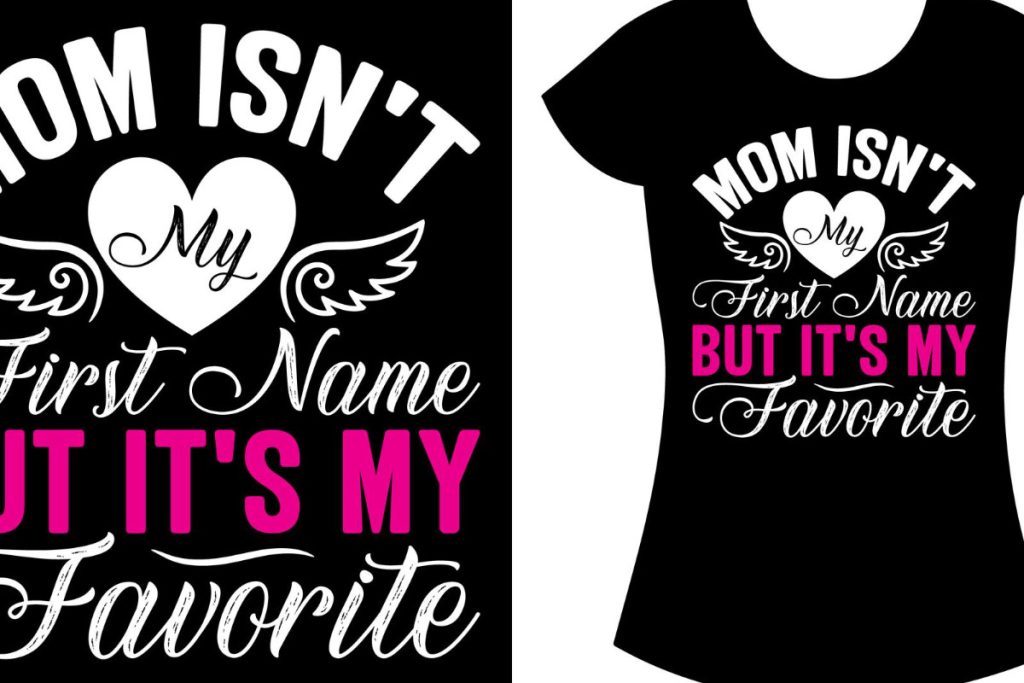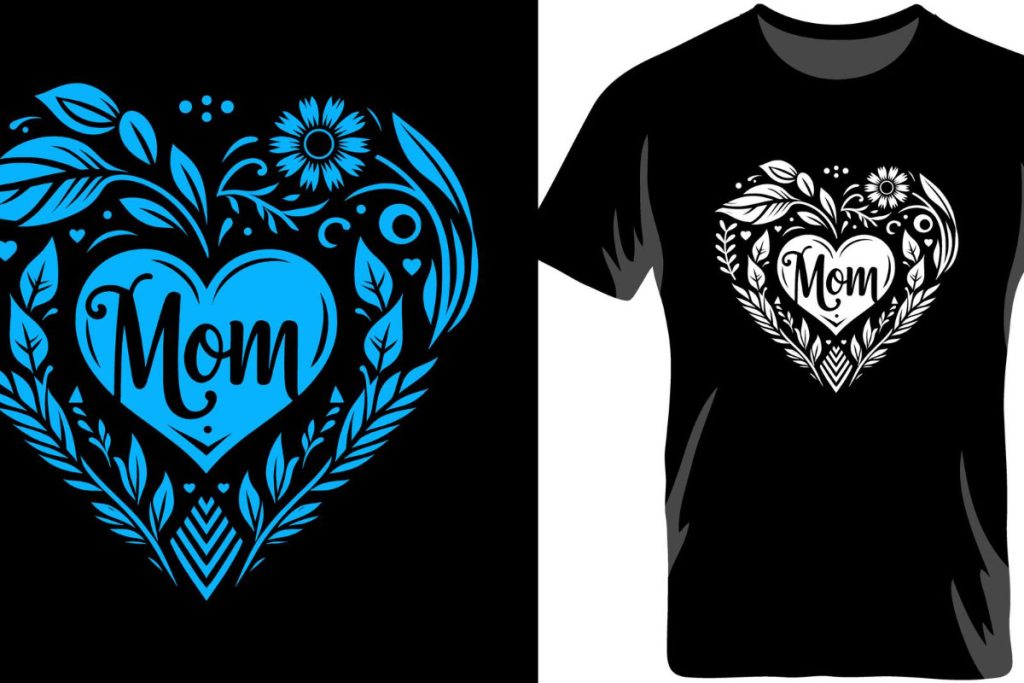When comparing DTF Transfers vs. Screen Printing, it’s essential to explore the nuances of each apparel printing technique to determine what best suits your needs. **Direct-to-Film (DTF) Transfers** have gained popularity for their ability to deliver intricate, vibrant designs without the complex setups required by their traditional counterpart, **Screen Printing**. As businesses seek efficient and cost-effective printing solutions, understanding the **cost of DTF transfers** vs. the **screen printing benefits** is crucial. This article will delve into the **pros and cons of screen printing**, as well as the versatility and durability differences between these methods. By evaluating these key aspects, you can make a well-informed decision that aligns with your creative vision and production goals.
In the realm of garment decoration, **Direct-to-Film Transfers** and **Screen Printing** represent two of the primary techniques employed by designers and businesses alike. Each method has distinct characteristics that lend themselves to specific requirements, making it imperative to understand their individual attributes. DTF printing offers a modern take on print applications, enabling detailed artwork to be transferred onto various substrates, while traditional screen printing is revered for its robustness in handling large orders of simpler designs. By examining these apparel printing techniques, one can appreciate how each contributes uniquely to the world of fashion and merchandise.
Understanding DTF Printing: The Modern Choice for Custom Garments
Direct-to-Film (DTF) printing is rapidly emerging as a game changer in the apparel printing industry, particularly for businesses that thrive on customization. This method allows for the creation of vibrant and intricate designs that are easily transferred onto a variety of fabrics. DTF printing is particularly advantageous for smaller businesses that need quick turnaround times without the extensive initial investment typically associated with traditional methods like screen printing. As such, understanding the fundamentals of DTF printing can empower entrepreneurs to make more informed decisions when it comes to their garment printing choices.
Moreover, the process of DTF printing combines innovative technology with user-friendly techniques, enabling even those new to the printing industry to produce professional-quality merchandise. With advancements in DTF inks and film, this method has proven to be versatile and effective for any fabric type, including casual cotton tees to more luxurious materials like leather. As customization continues to be a priority for consumers, DTF printing positions itself as a compelling option for apparel brands seeking to stay ahead of the curve.
Frequently Asked Questions
What are the main advantages of DTF Transfers vs. Screen Printing?
DTF Transfers offer vibrant colors and intricate designs, making them ideal for detailed projects. In contrast, Screen Printing excels in durability and is cost-effective for large bulk orders with simple designs. Each method has its specific strengths, depending on the printing needs.
How do the costs compare between DTF Transfers and Screen Printing?
DTF Transfers generally have lower setup costs, making them perfect for small batches and custom prints. Screen Printing, while more expensive to set up due to the need for separate screens, can be more economical for larger orders as setup costs diminish across multiple prints.
What is the best use scenario for DTF printing vs. Screen Printing?
DTF printing is best for small to medium-sized projects that incorporate colorful and intricate designs. Screen Printing is preferable for larger-scale production of simpler designs, where efficiency in bulk printing is crucial.
How do DTF Transfers and Screen Printing perform on different fabrics?
DTF Transfers show versatility by working on various fabric types, including darker and textured materials. Screen Printing, however, is most effective on smooth surfaces like cotton and polyester, limiting its fabric compatibility.
What is the wash resistance like for DTF Transfers compared to Screen Printing?
DTF Transfers can withstand multiple washes if cared for properly, although they might peel or fade without the right maintenance. Screen Printing offers superior durability, with ink penetration ensuring longer-lasting prints that resist fading over time.
Which method is faster for production: DTF Transfers or Screen Printing?
DTF Transfers typically offer quicker production turnaround times, especially for small batches, thanks to their simultaneous printing process. Screen Printing can be slower due to the necessary drying time between applications of each color layer.
| Aspect | DTF Transfers | Screen Printing |
|---|---|---|
| Setup Cost | Low for small runs; ideal for custom works | High, especially for multi-color prints |
| Design Flexibility | Excellent for intricate and colorful designs | Limited by color per screen |
| Fabric Compatibility | Compatible with a variety of fabrics | Best for cotton and blends |
| Durability | Good with proper care | Excellent, particularly with thicker inks |
| Turnaround Time | Faster for small orders | Slower due to setup and drying |
Summary
DTF Transfers vs. Screen Printing is a critical consideration for anyone looking to print on garments, as each method possesses distinct characteristics that can greatly influence your project outcomes. DTF Transfers stands out for its ability to produce vibrant, detailed designs quickly and on a variety of fabrics, making it a versatile choice for smaller runs. In contrast, Screen Printing excels in producing robust and durable prints, especially for larger orders, making it a popular option for bulk production. Ultimately, your choice should hinge on specific project demands and the nature of the designs you wish to create.



